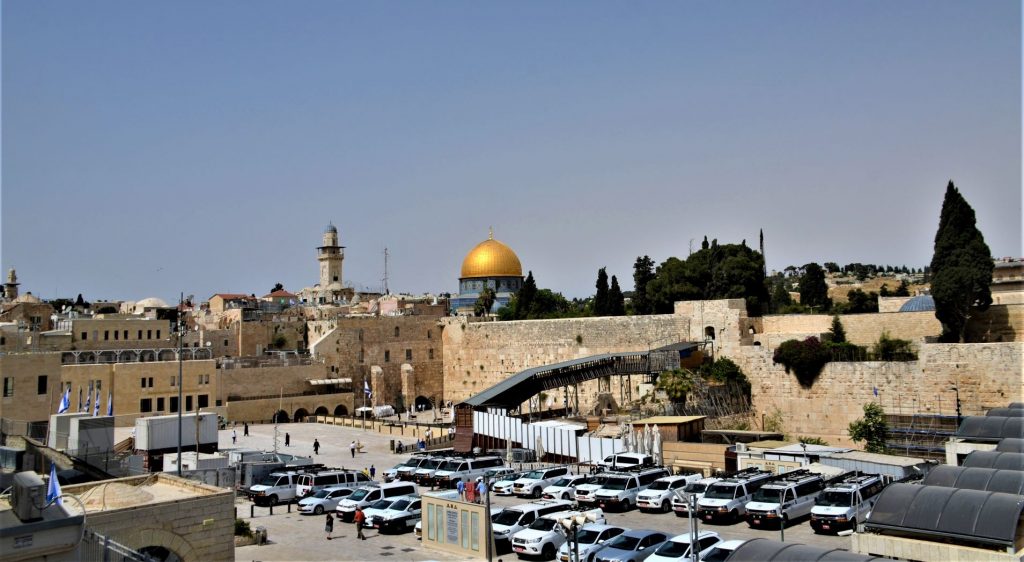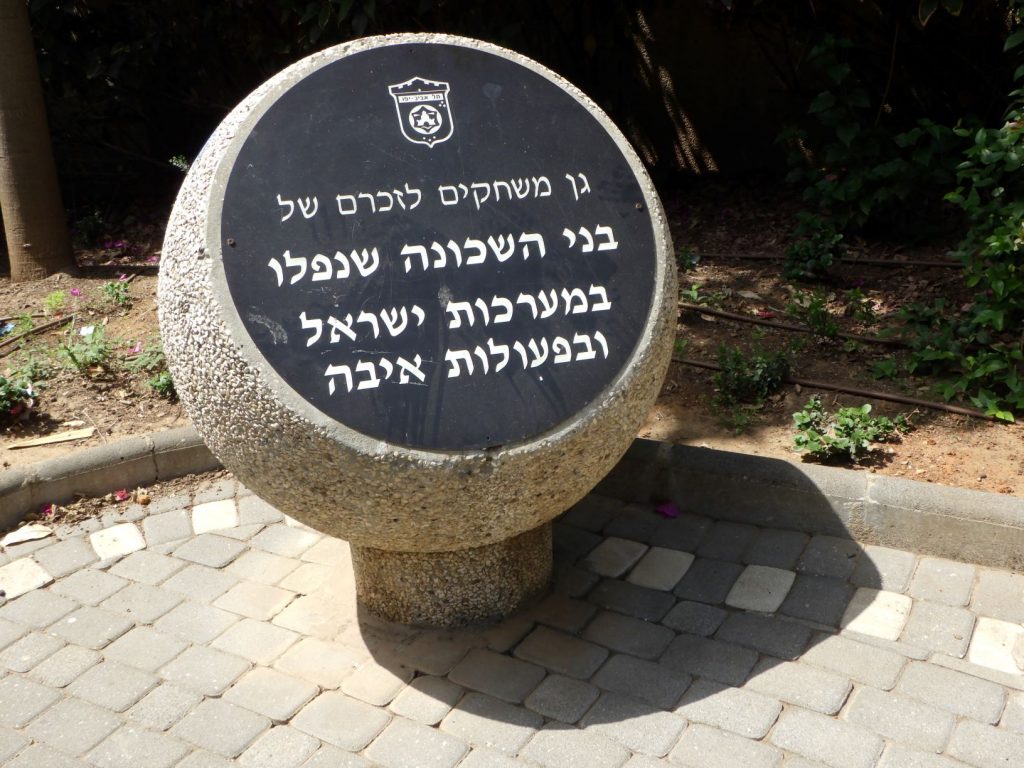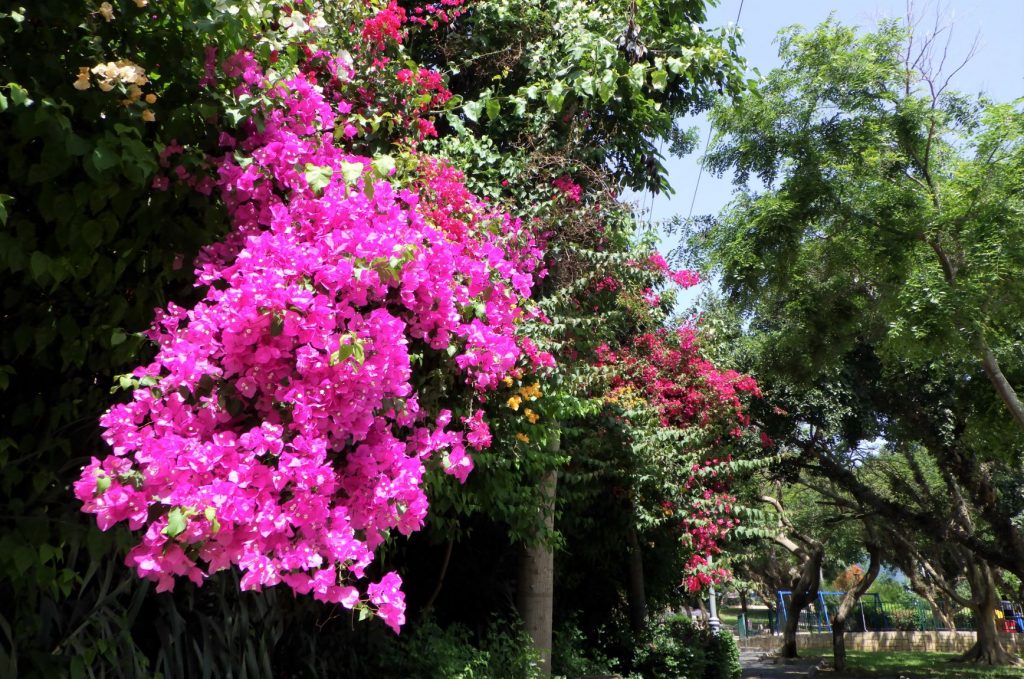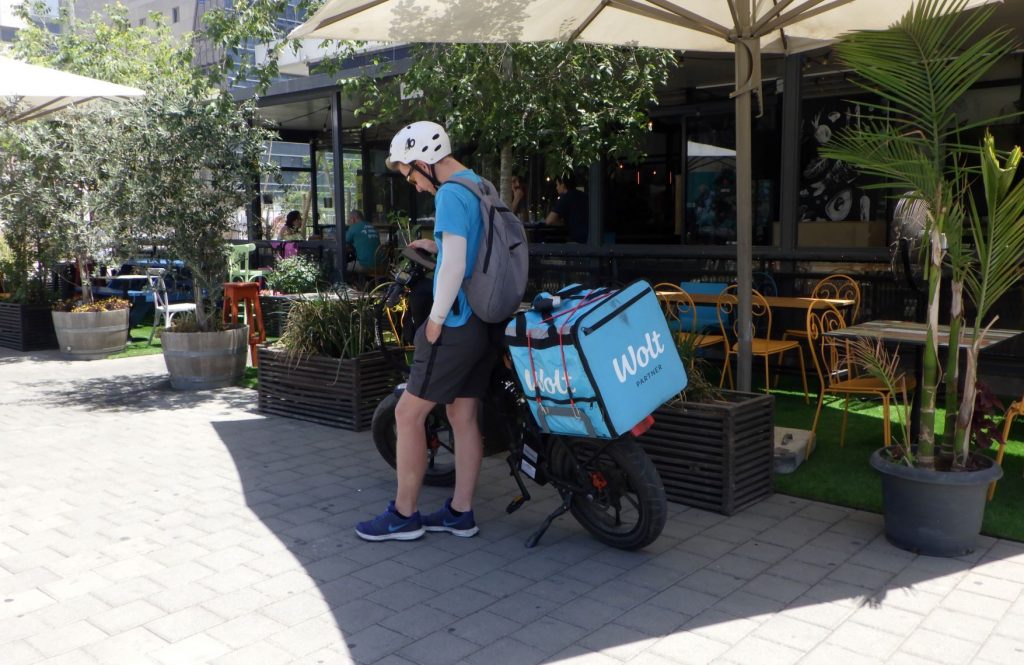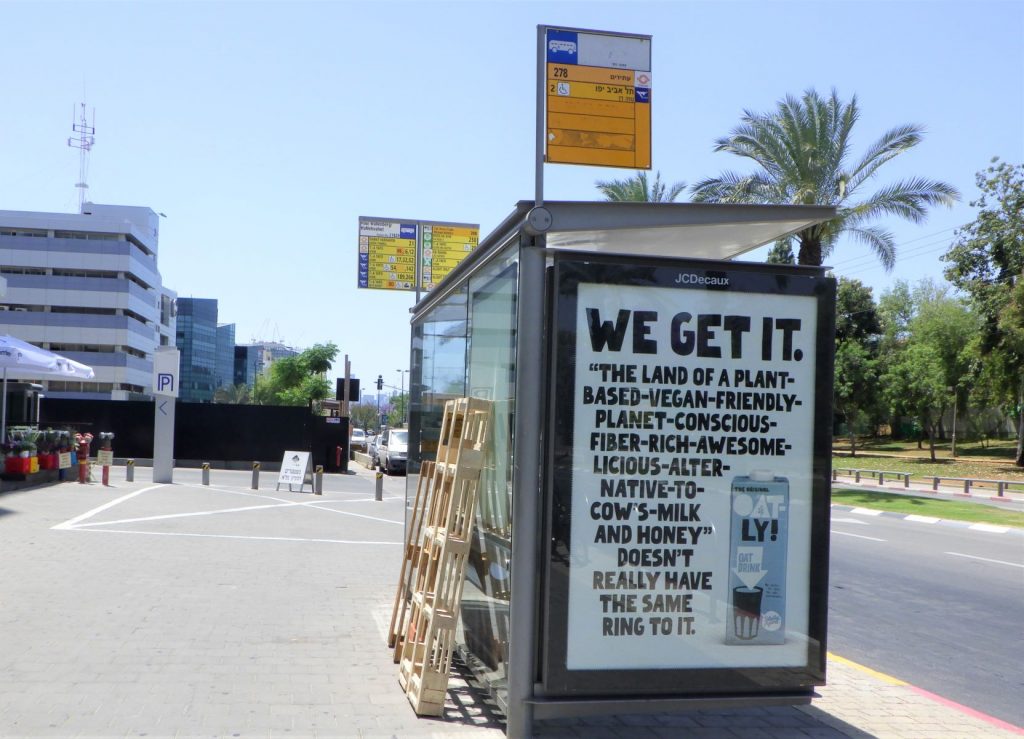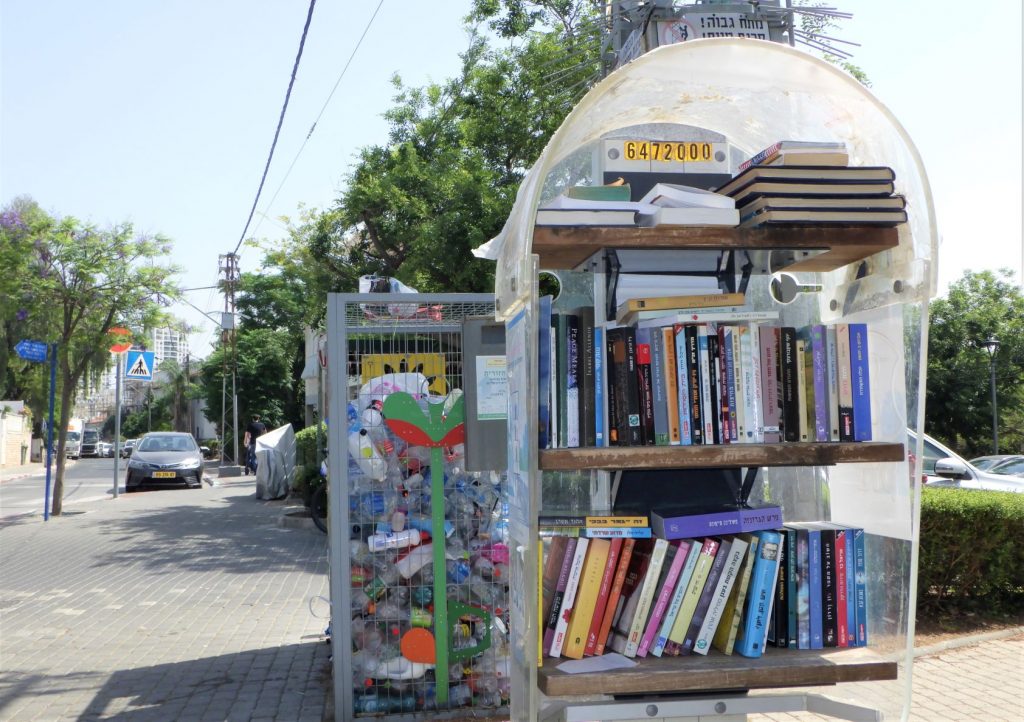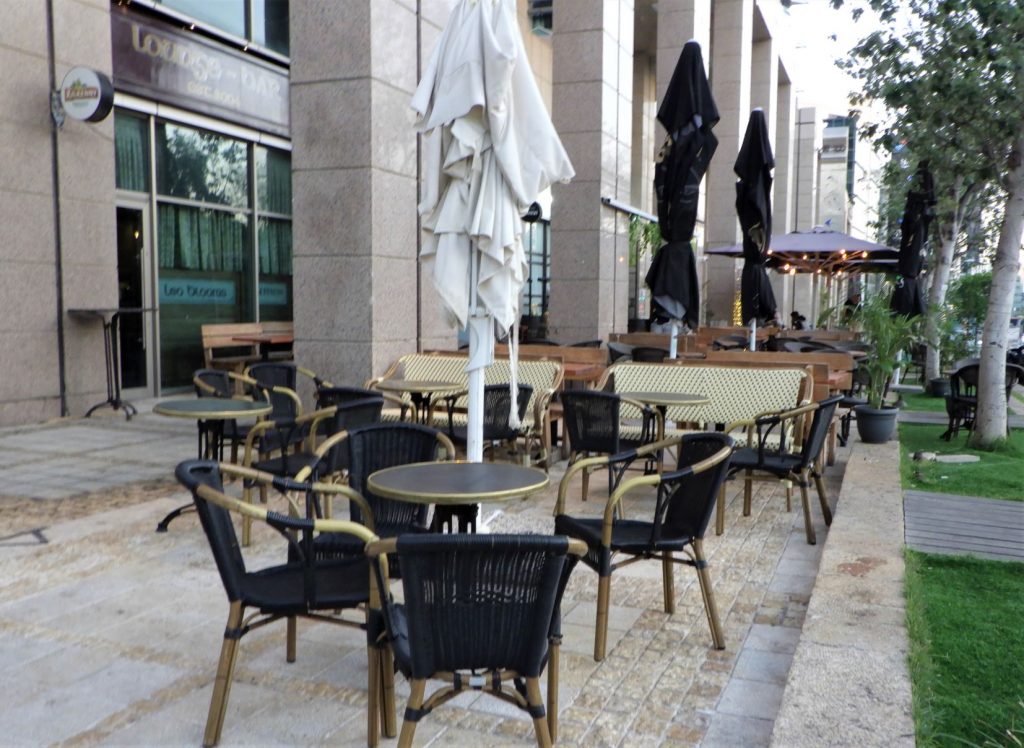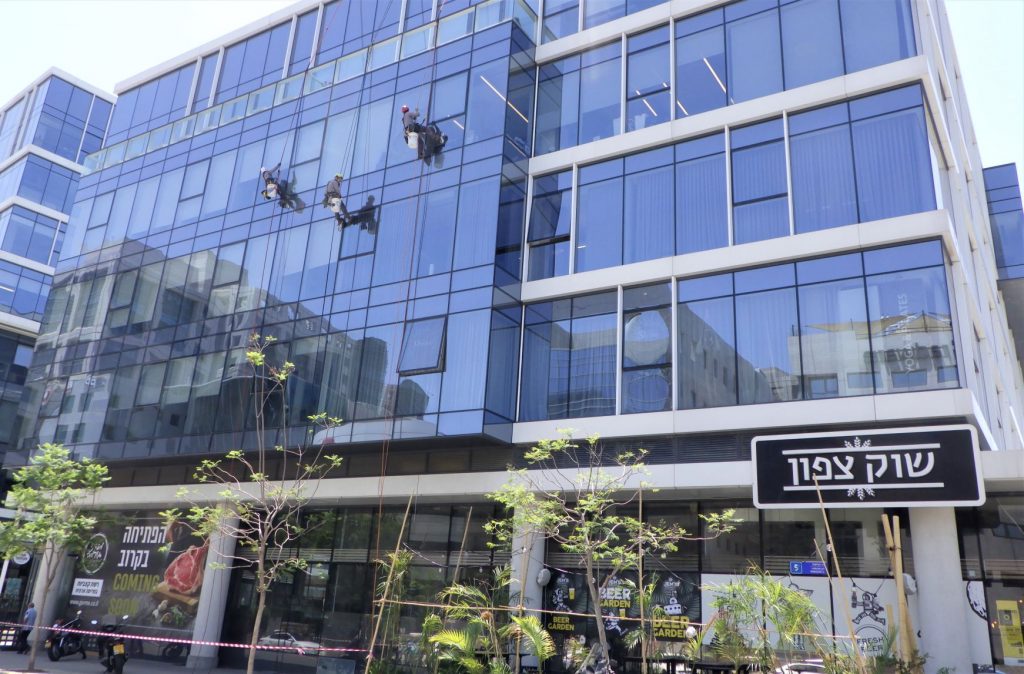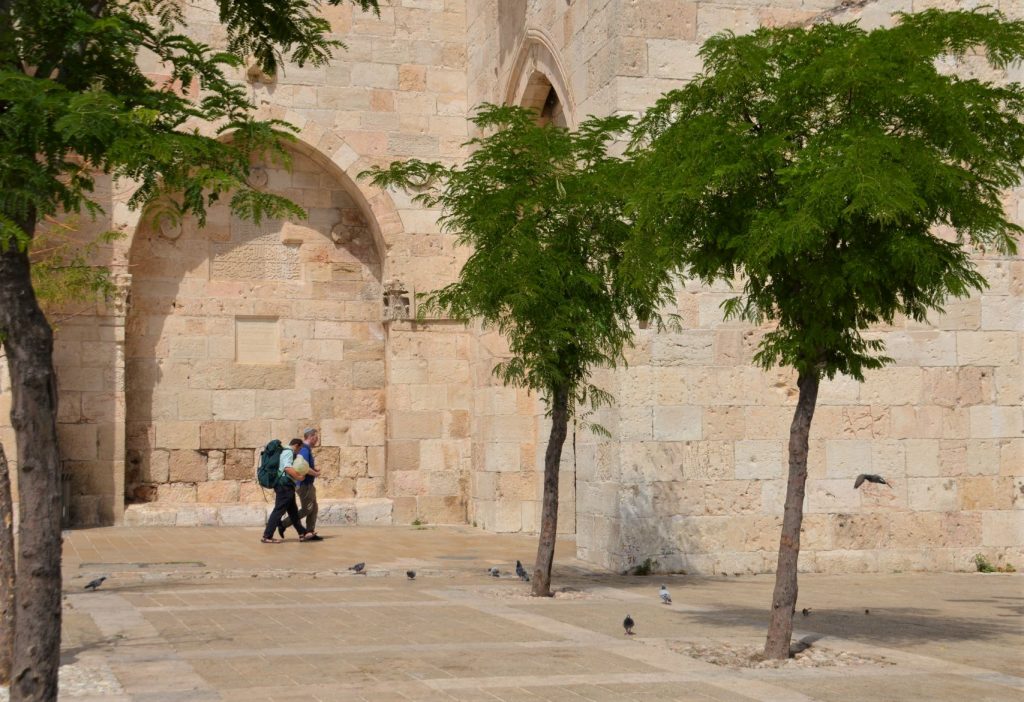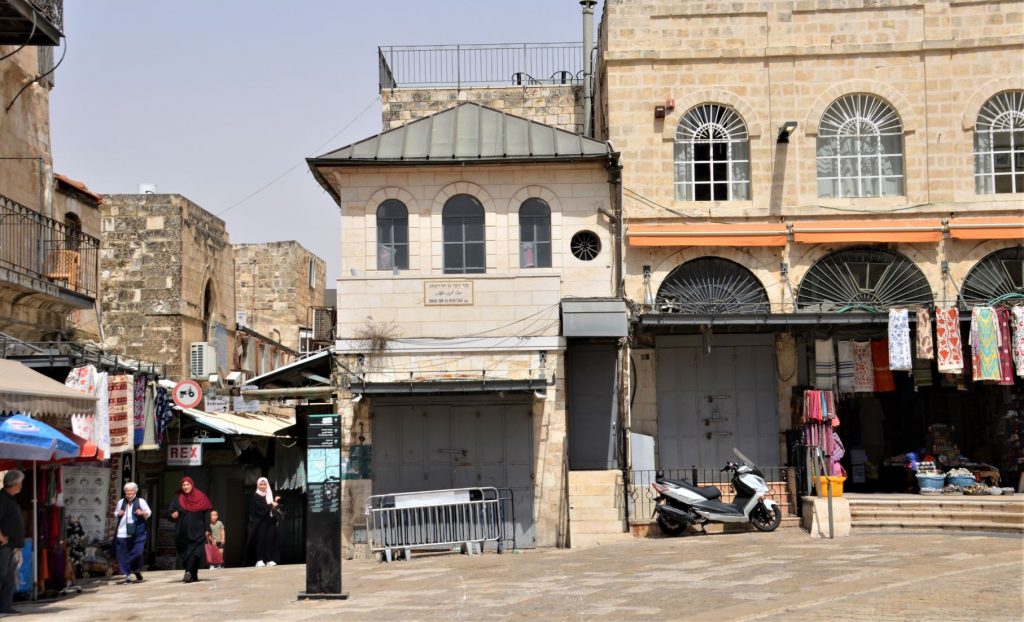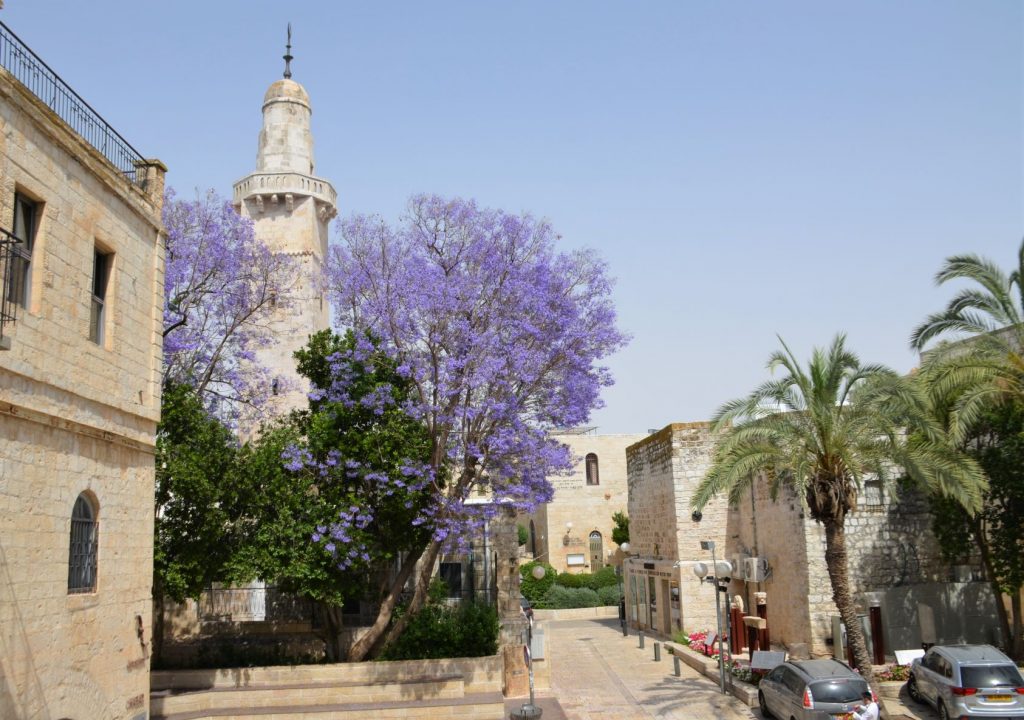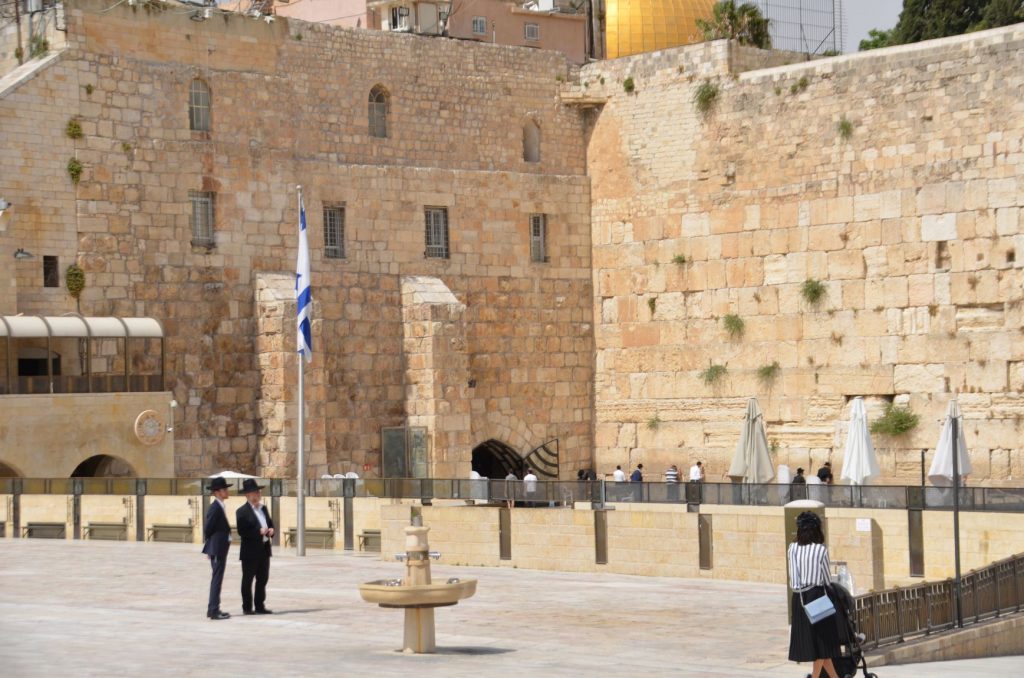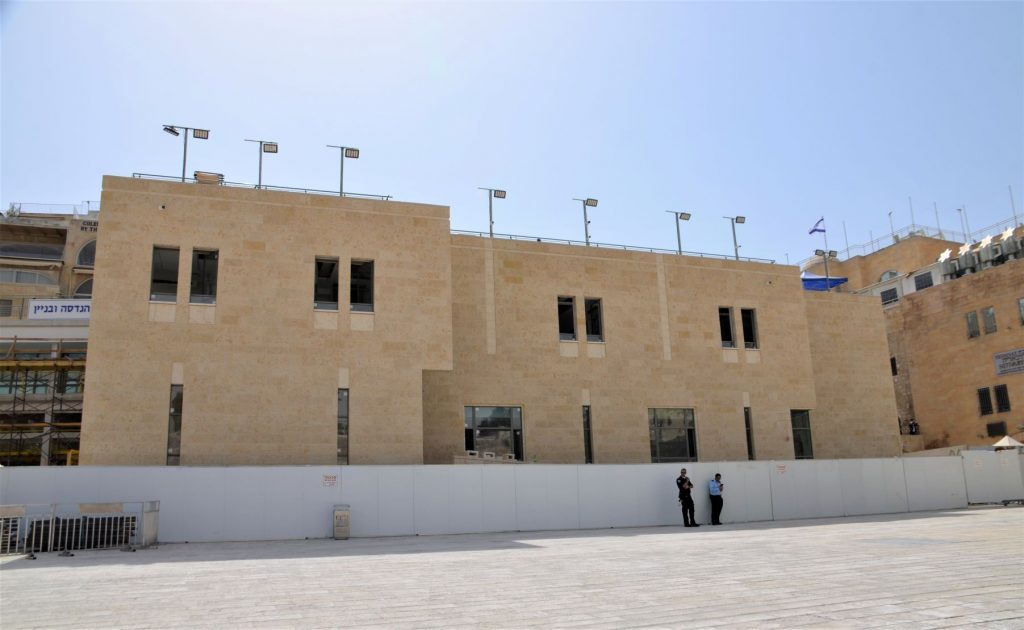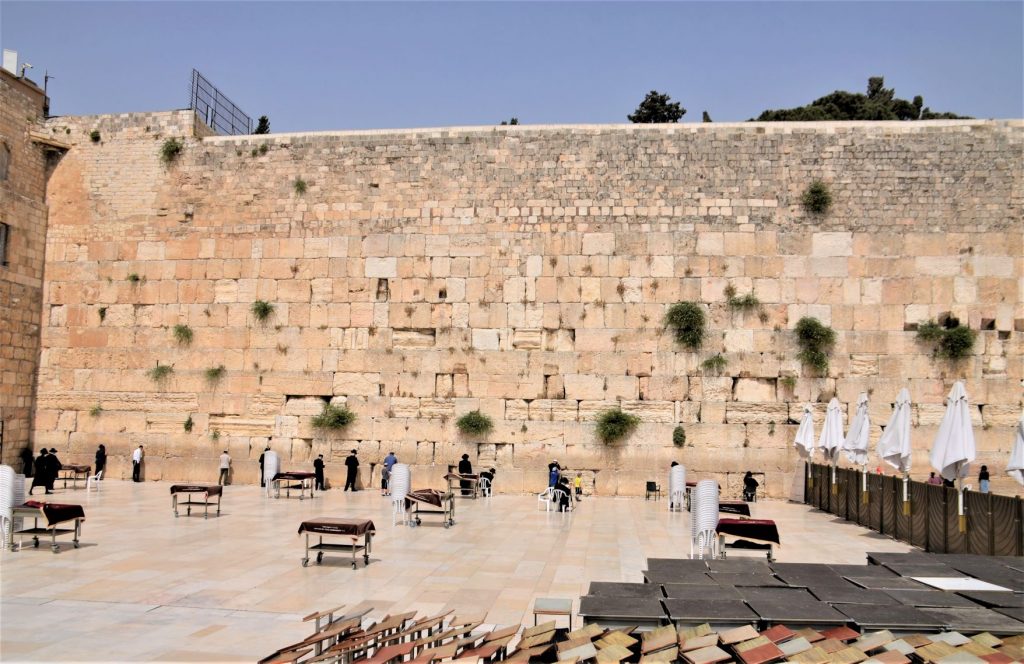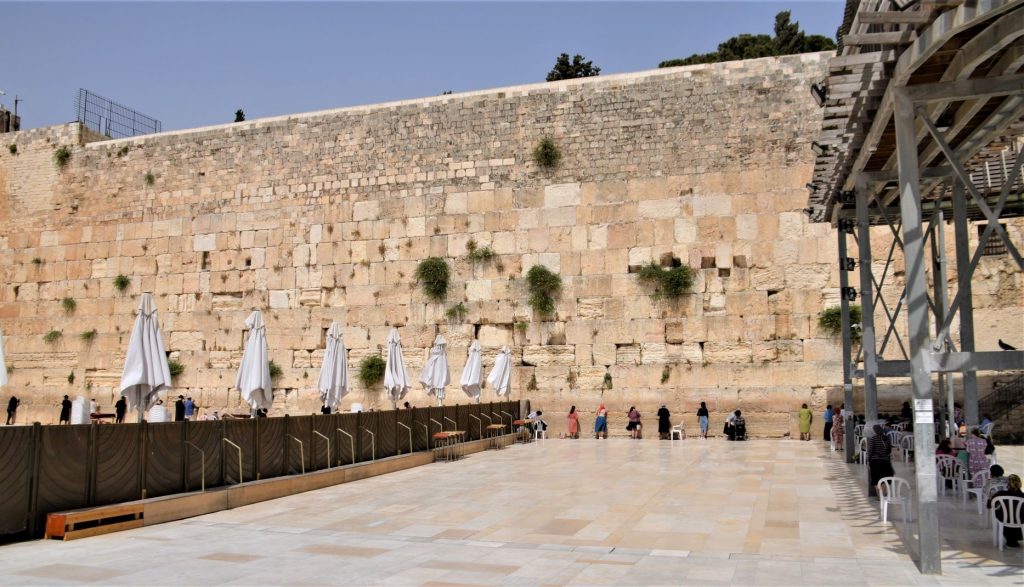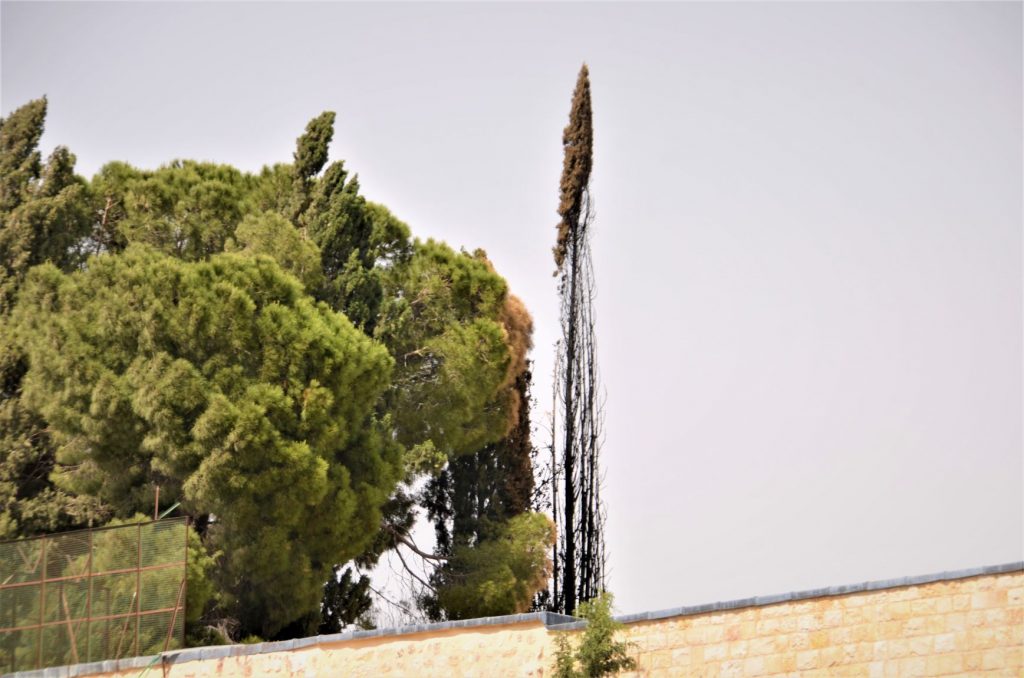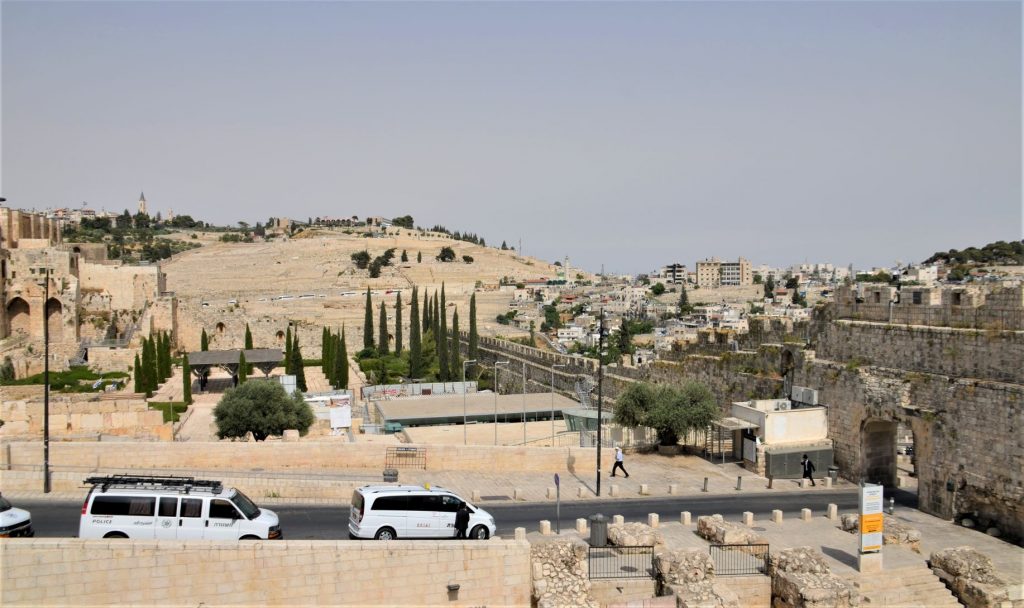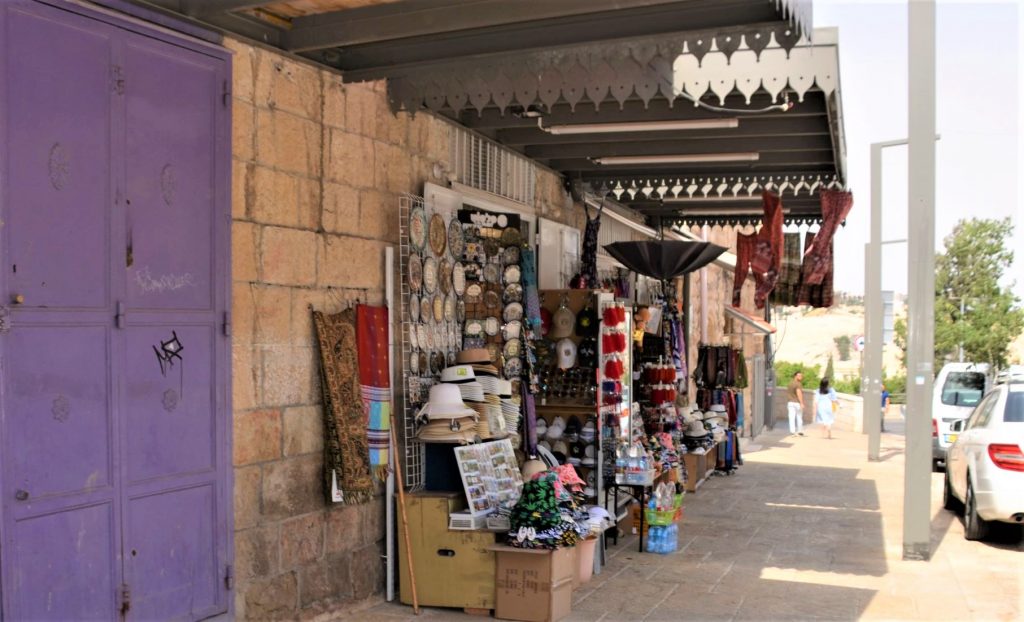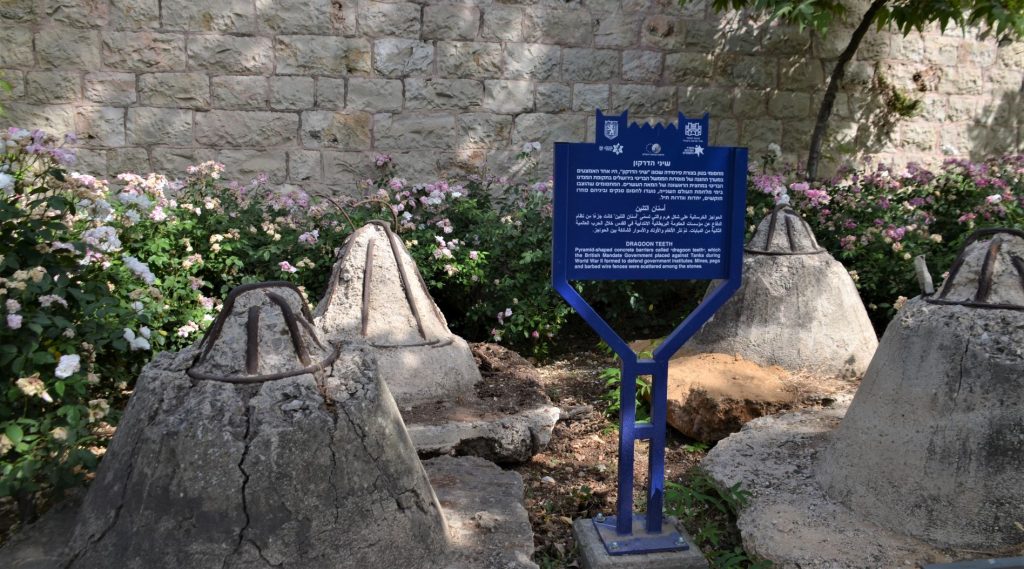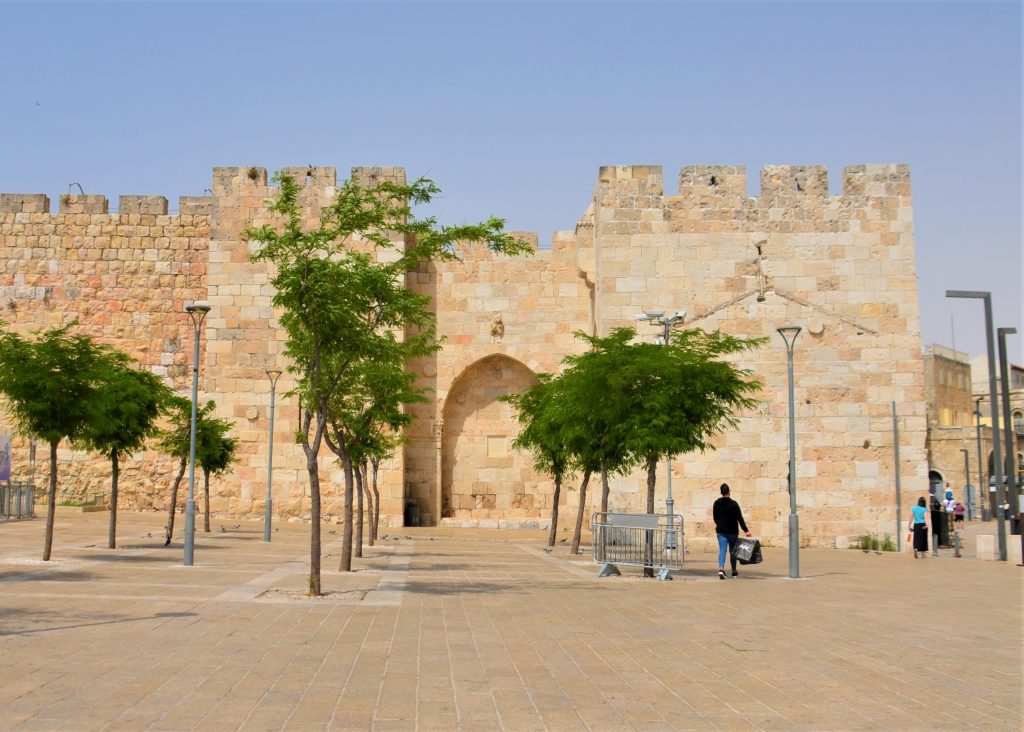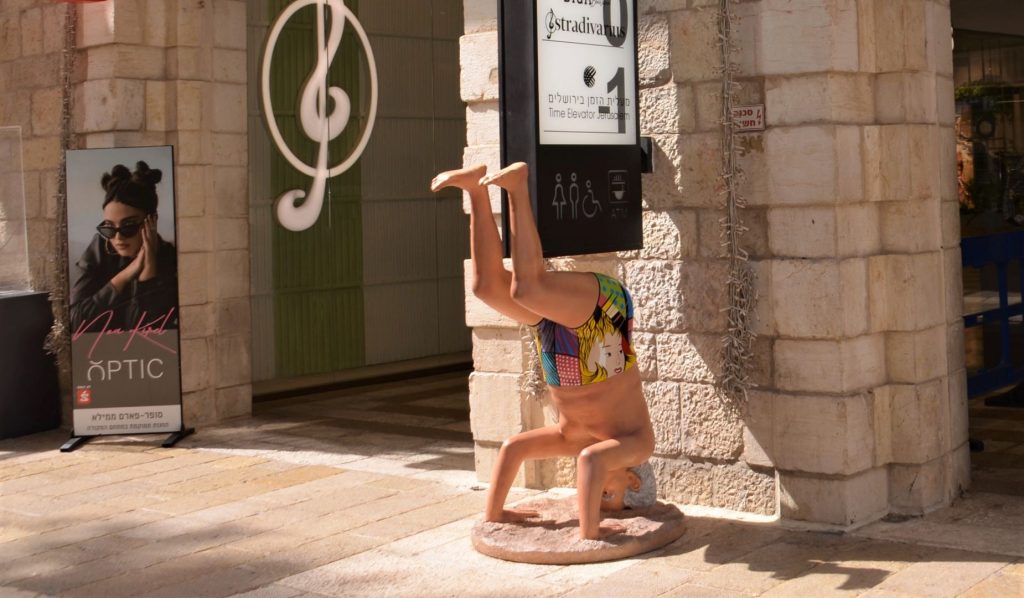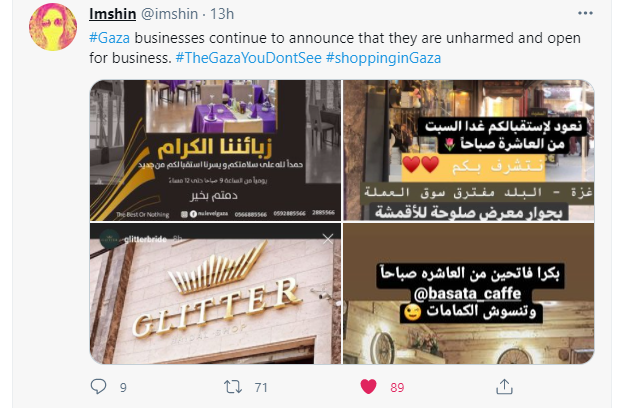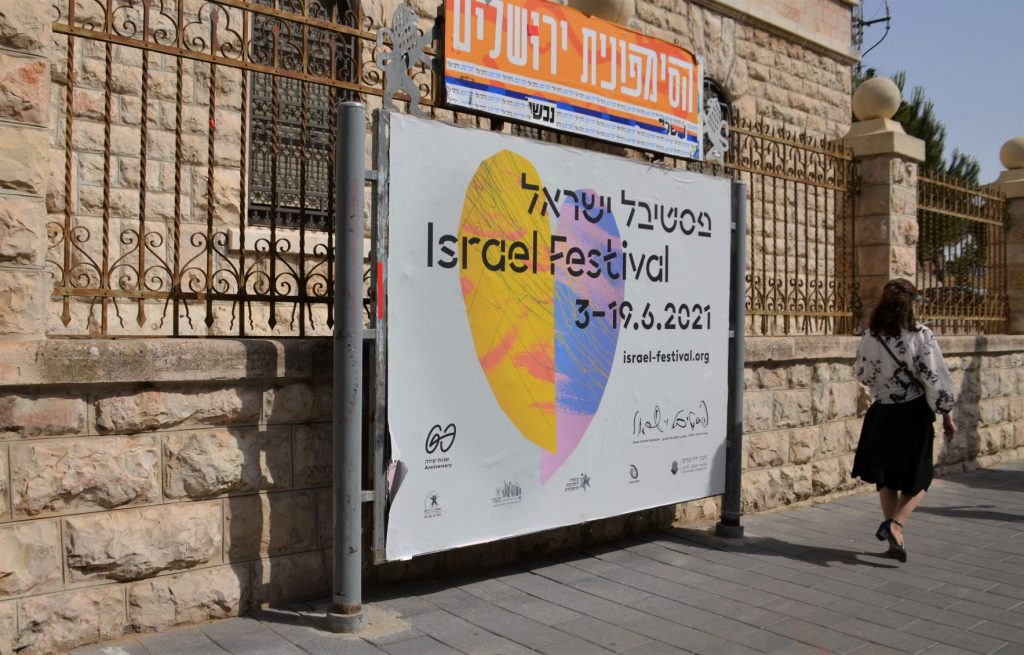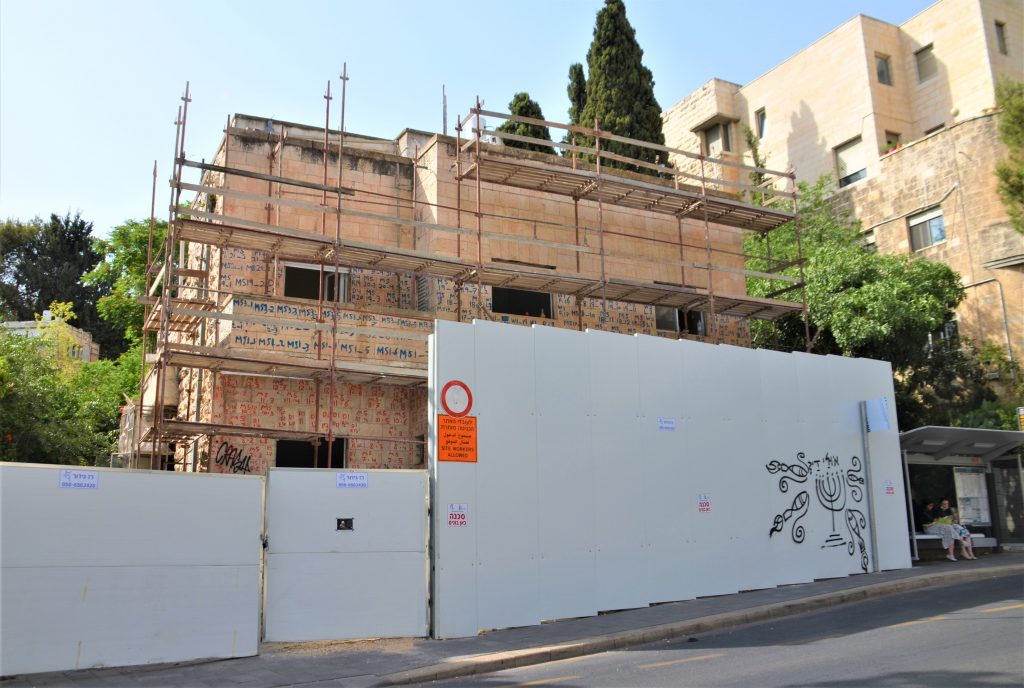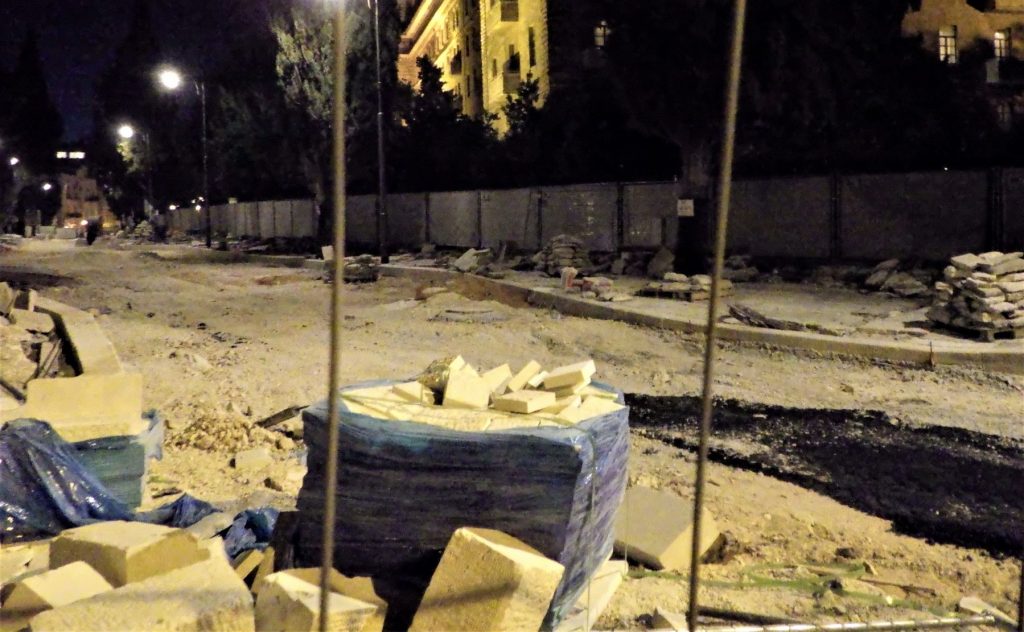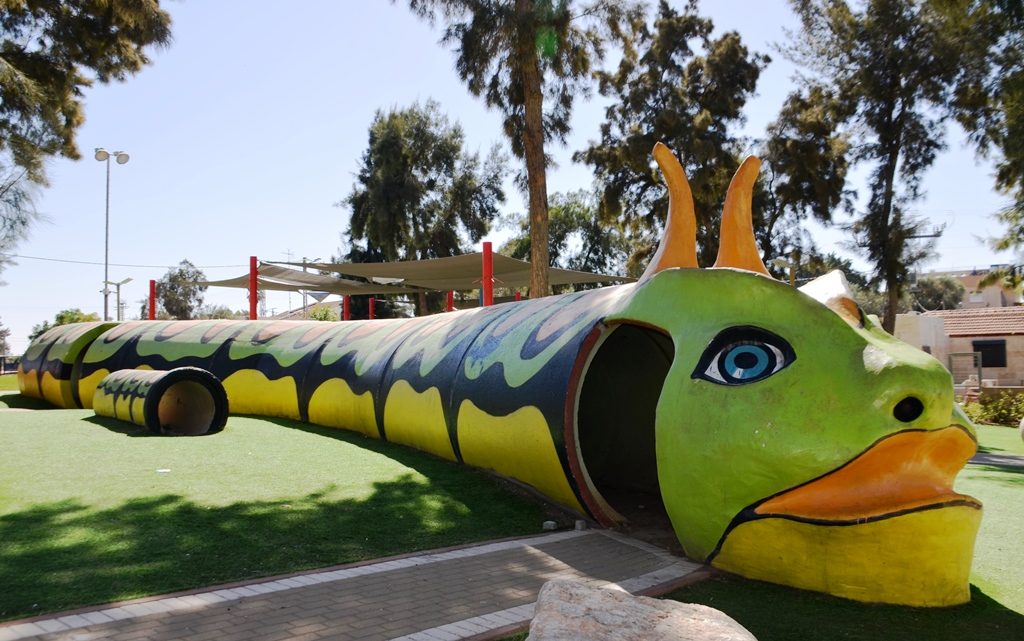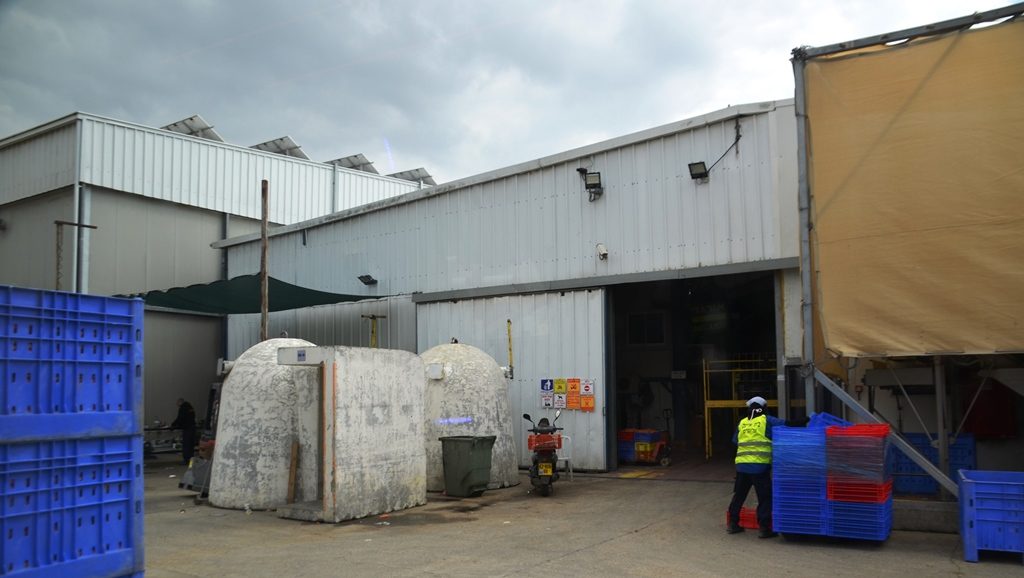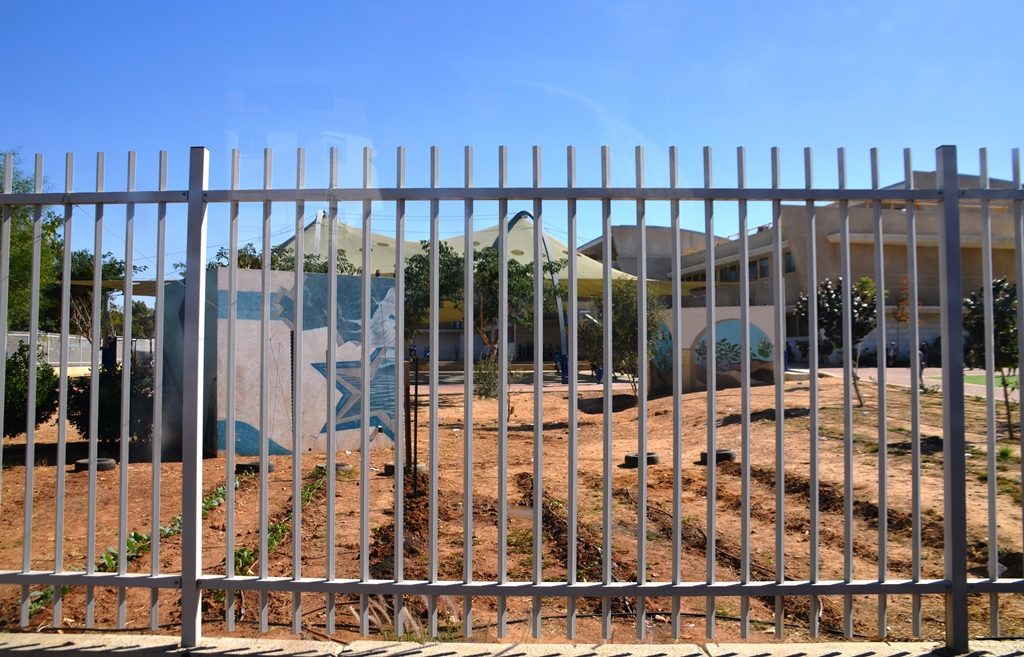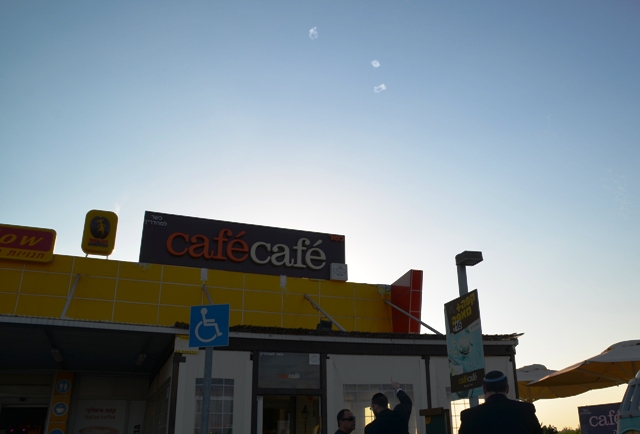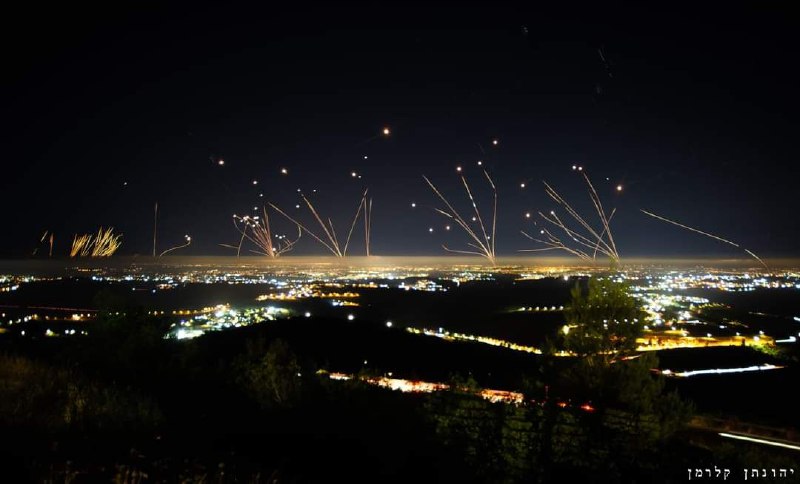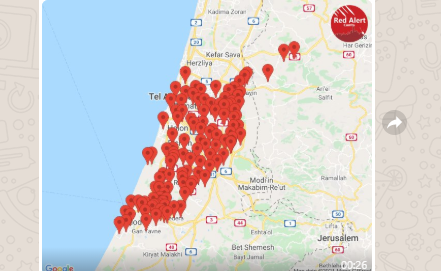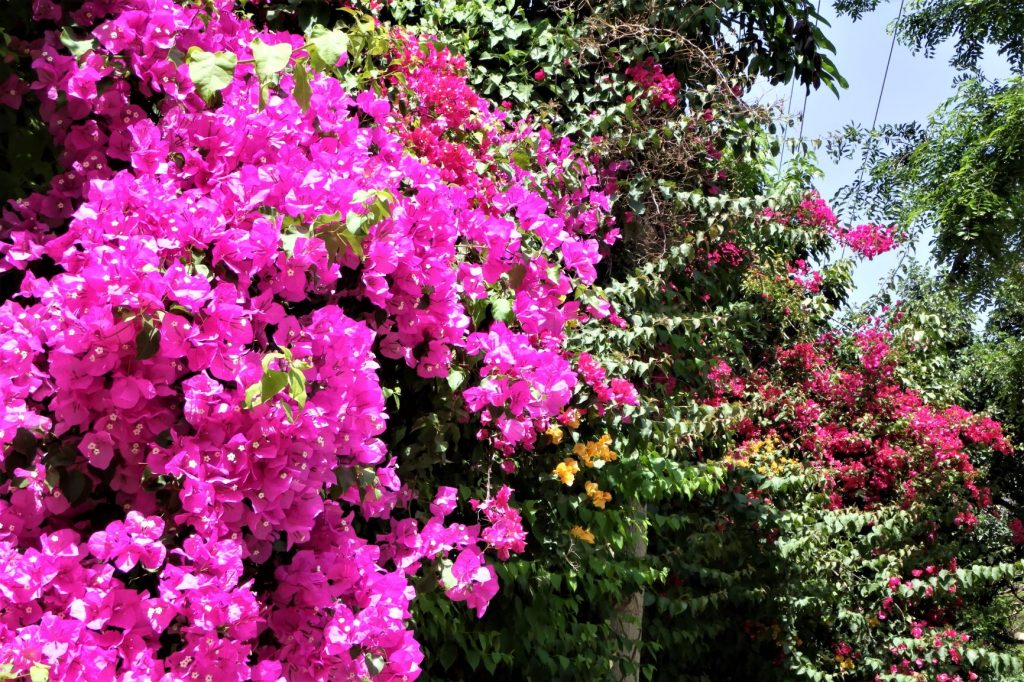The corona cloud is finally lifting. Jerusalem is slowly coming alive again after over a year of closings and restrictions.
Have you seen behind the old stone walls of the Schneller Compound?
It’s time to get back to what’s happening on and off the Jerusalem streets.
Schneller Orphanage, also known as the Syrian Orphanage, was built by Johann Ludwig Schneller, a German Lutheran missionary who came to Jerusalem in 1854.
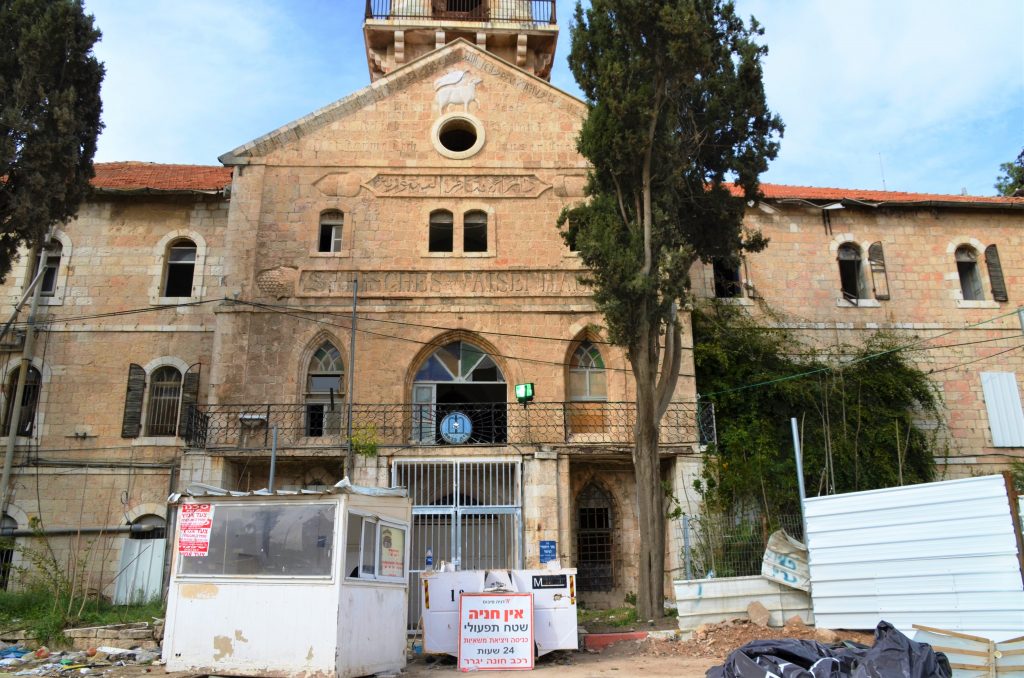
In 1855, Schneller bought land from the Lifta village with the intention of living with and missionizing to the local Arab population.
Their house was constructed from 1855–56, but Schneller and his family were attacked multiple times by robbers. As we have said before security problems are not new, and have been an issue too often in the past. The Schneller family was forced to move to safety inside the Old City walls.
The German Protestant orphanage was one of the first structures to be built outside the Old City, around the same time as Sir Moses Montefiore was working to establish Mishkenot Sha’ananim. Over time as the situation became more stable, Jerusalem did expand outside the walls. The orphanage grew and operated from 1860 to 1940.
At the beginning of World War II, the British mandatory government deported the Germans to Australia and turned the compound into a closed military camp – with the distinction of being the largest ammunition stockpile in the Middle East.
On March 17, 1948, the British abandoned the camp and the Etzioni Brigade of the Haganah took it over, and used it as a base of operations during the 1948 Israeli War of Independence.
For the next 60 years, the site served as an Israeli army base known as Camp Schneller.
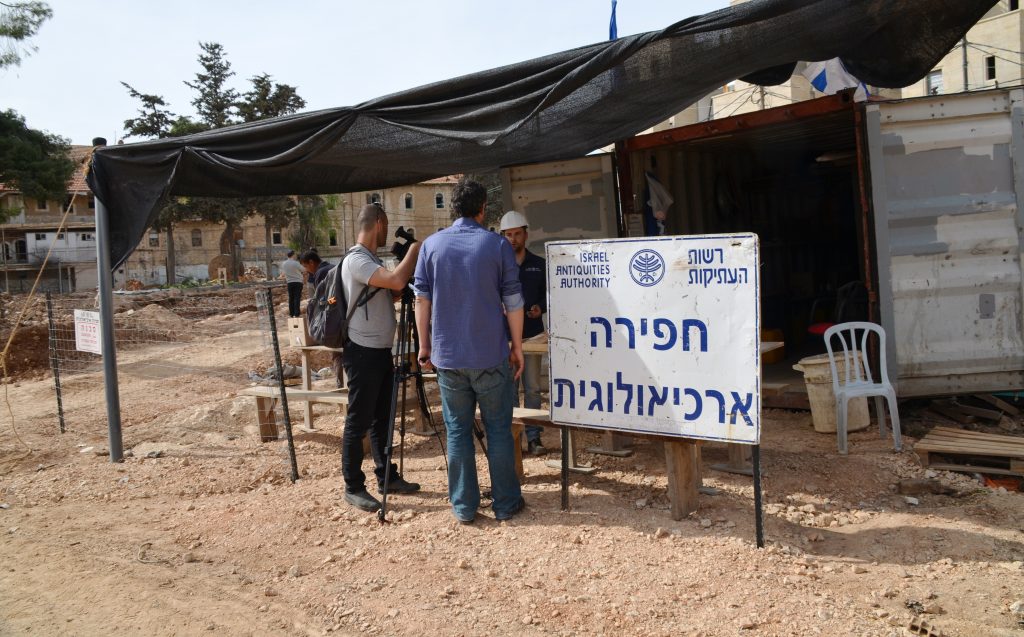
The army vacated the premises in 2008 and for years there was no decision regarding what to do with this huge piece of prime Jerusalem real estate.
In 2011, the compound began to be developed for luxury housing. But first, the Israeli Antiques Authority checks every site to see what is under the ground before buildings go up. In 2017, the Jerusalem Municipality decided to divide up the compound with a portion of the complex for private residential construction, and the main old building to serve as a unique experiential, interactive museum and visitor center and community center.
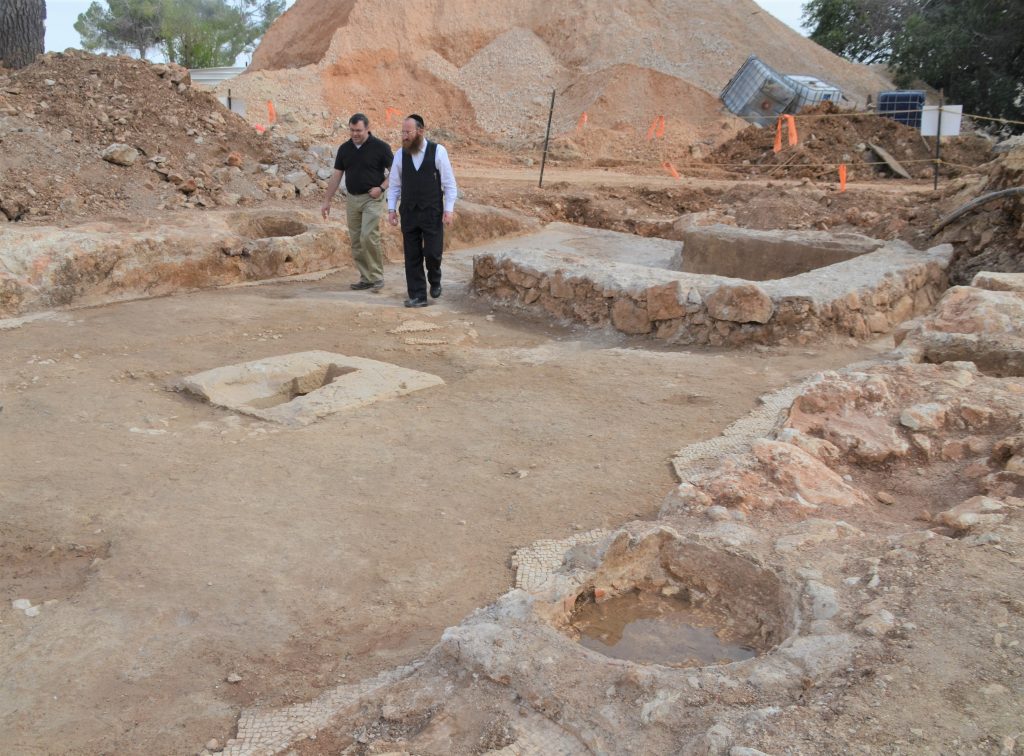
A Roman olive oil factory was uncovered and unveiled in the spring of 2016.
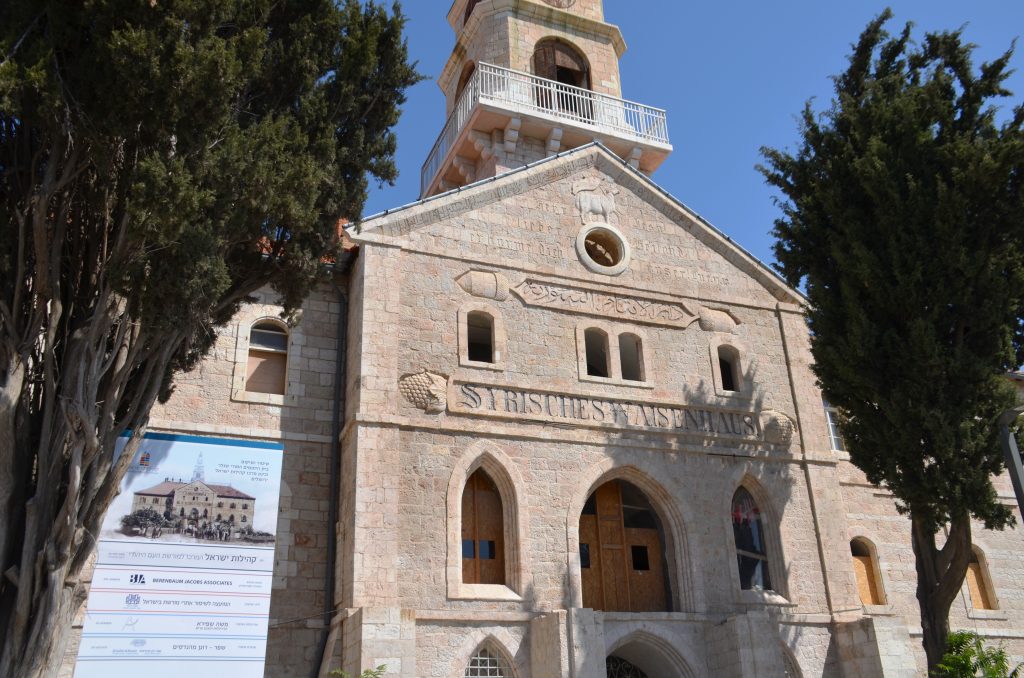
Progress over the past six years has been slow and complicated.
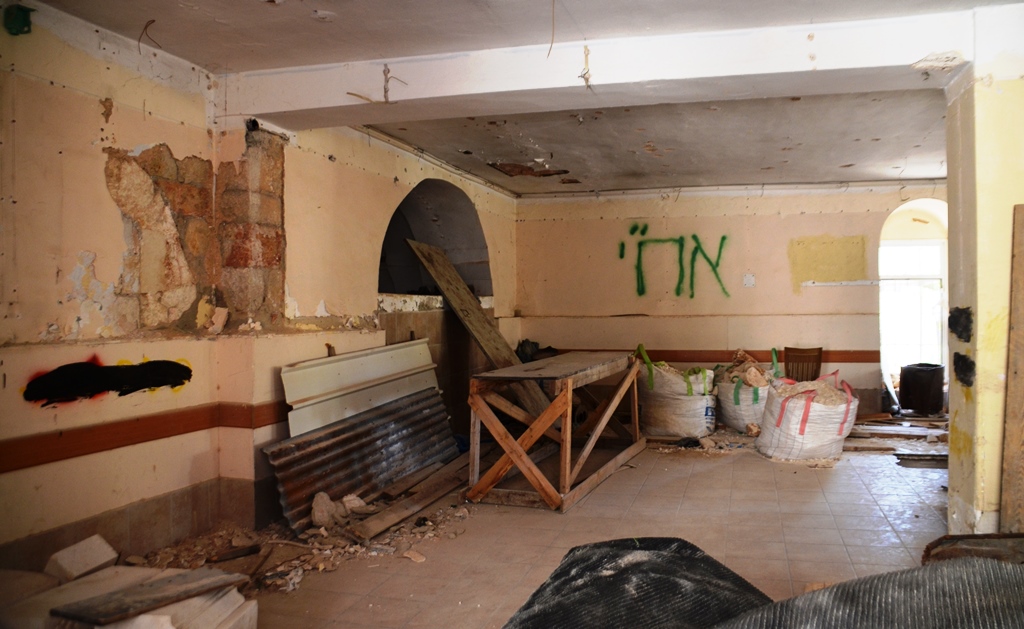
Every room in the main complex needs full repair and restoration.
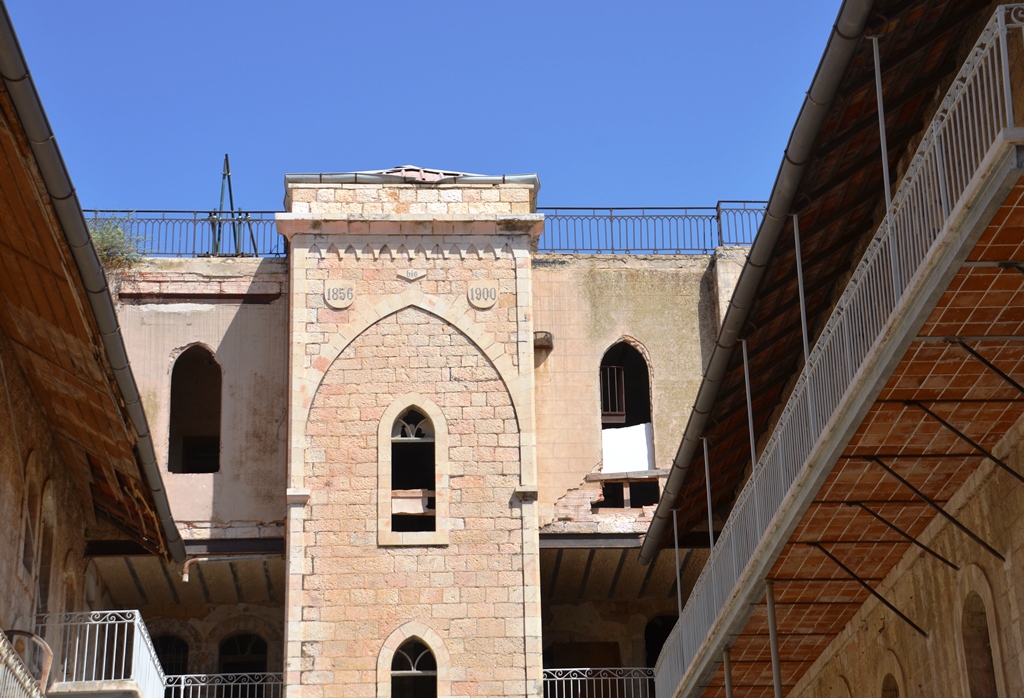
Parts of the main structure have been redone with attention to detail.
Everything of value was stolen by vandals during the years of neglect.
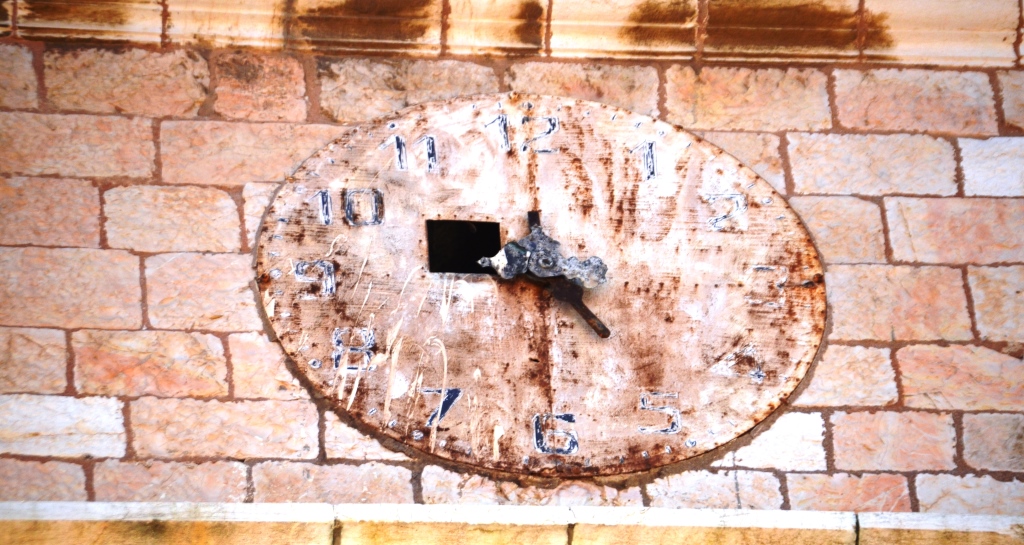
The old clock though was still up on the tower.
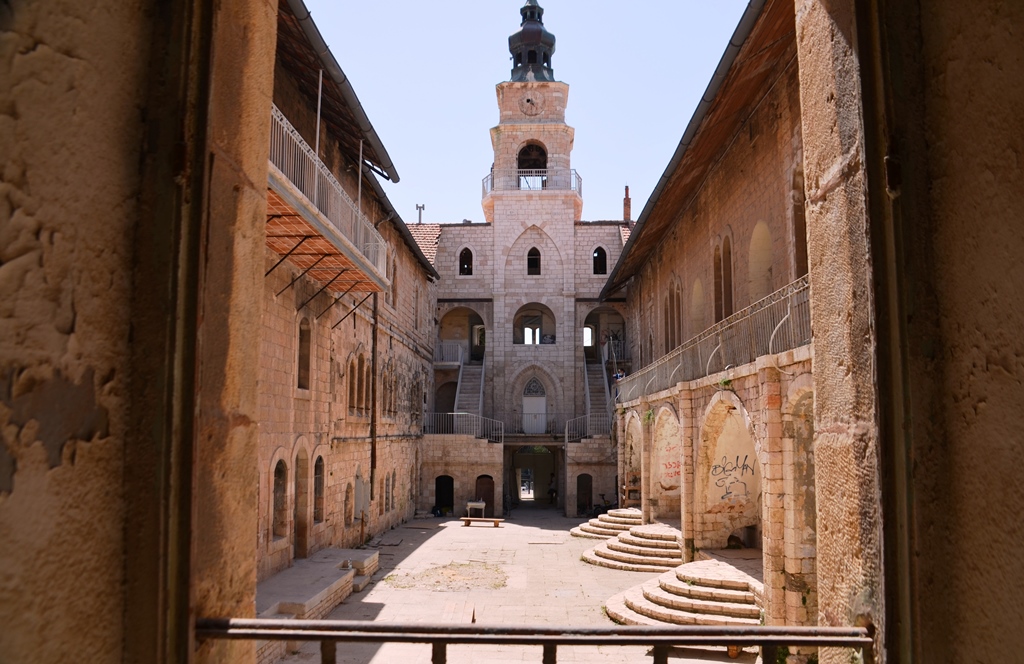
The interior courtyard has several rooms which are to be renovated for community meetings and neighborhood activities.
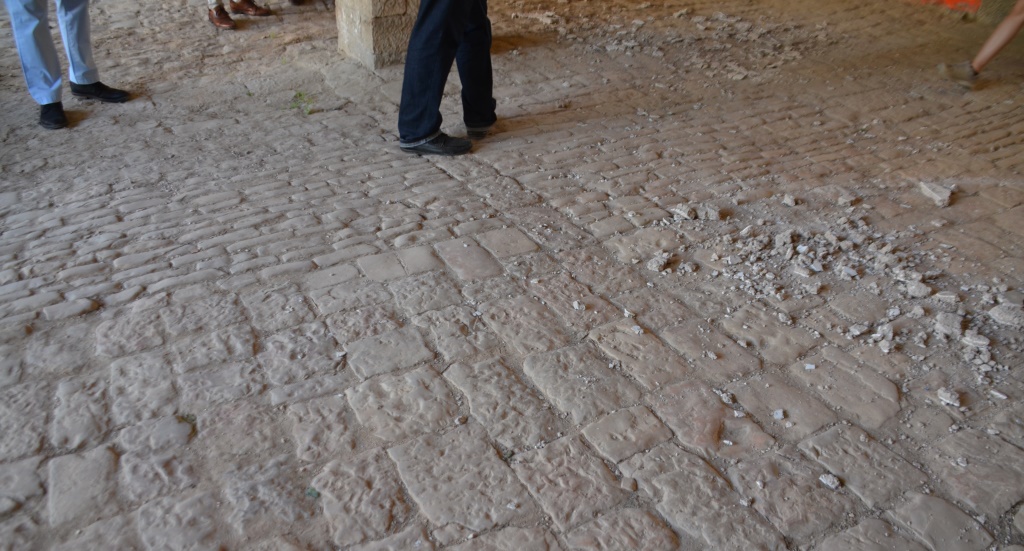
Here an original stone floor has been exposed.
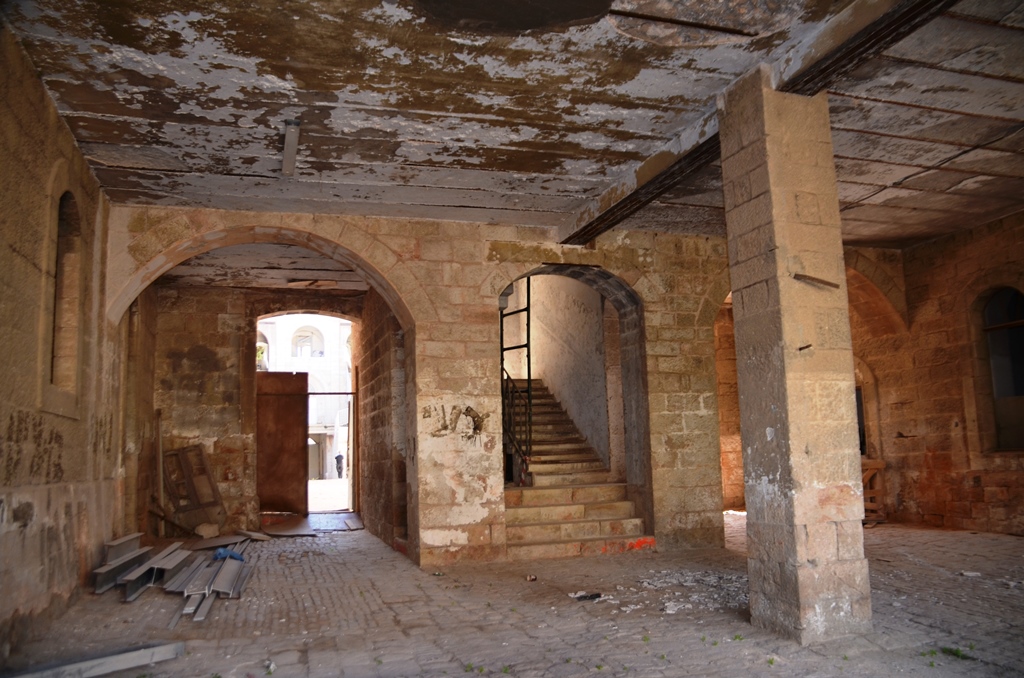
Did you know Schneller was the first to use metal beams in ceilings? Ceilings in Jerusalem had not been flat but made of salvaged wood from boat hulls brought to Jerusalem from the port of Jaffo.
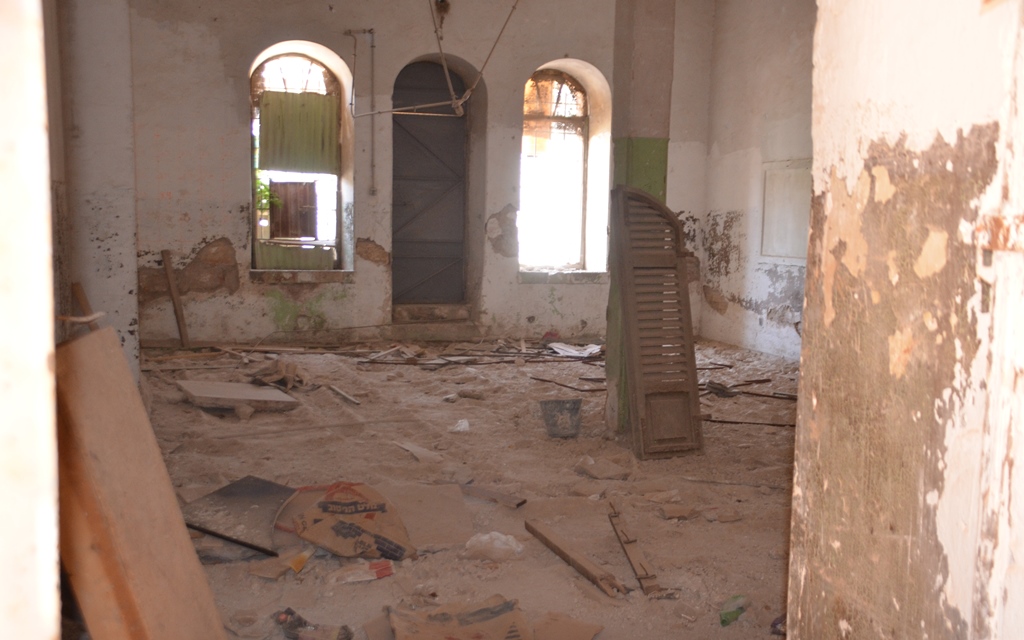
It will take time and money to restore Schneller as a functioning property
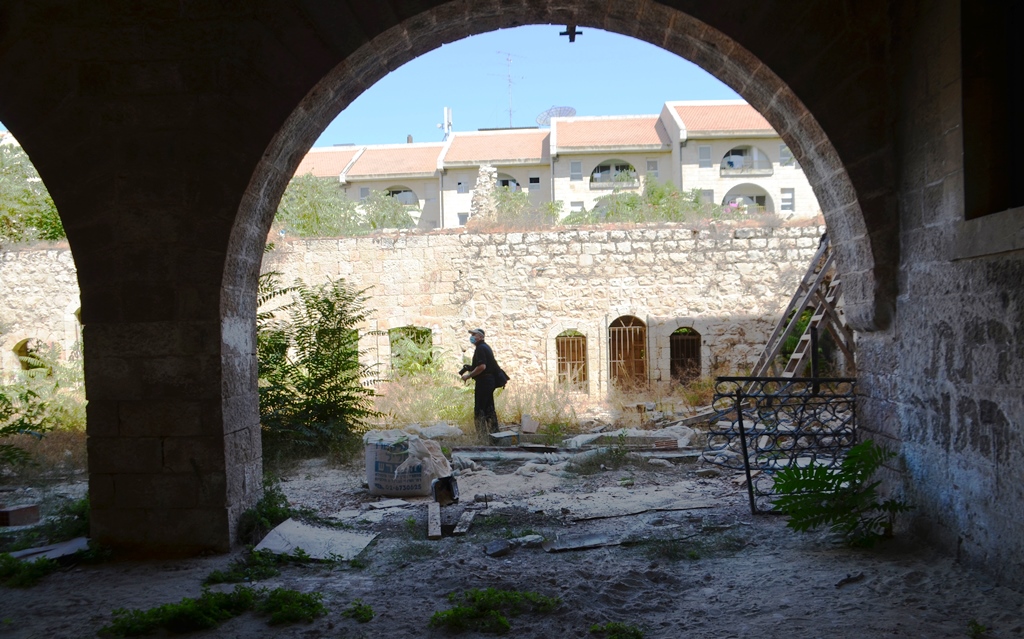
from its neglected and dilapidated condition.
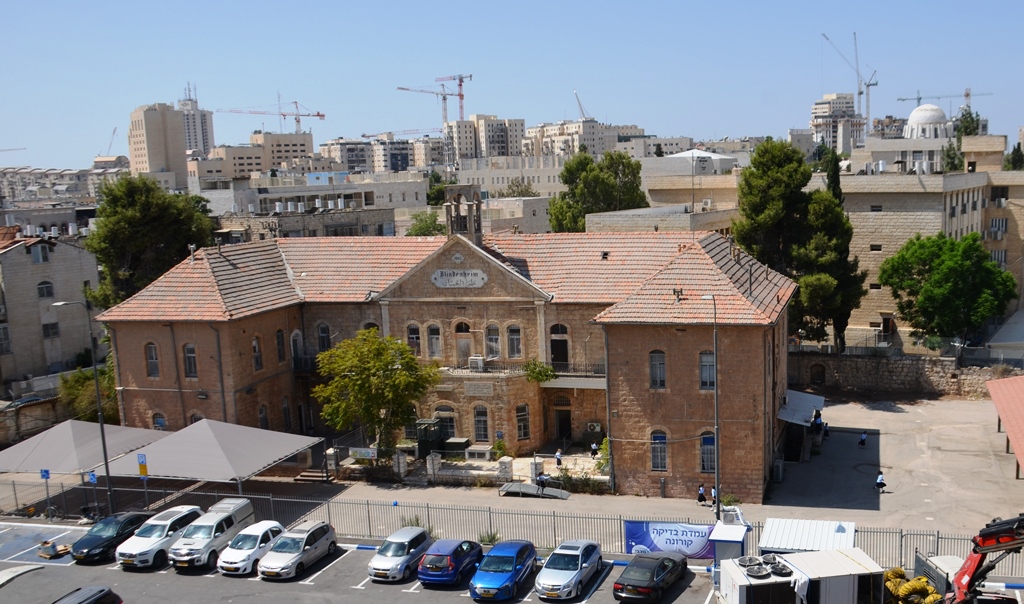
From the roof, the Beis Yaakov school, one of eight original buildings on the Schneller property can be seen clearly. Each building is named for a city, where the German donors lived.

New housing and new Jerusalem buildings can be found in all directions.
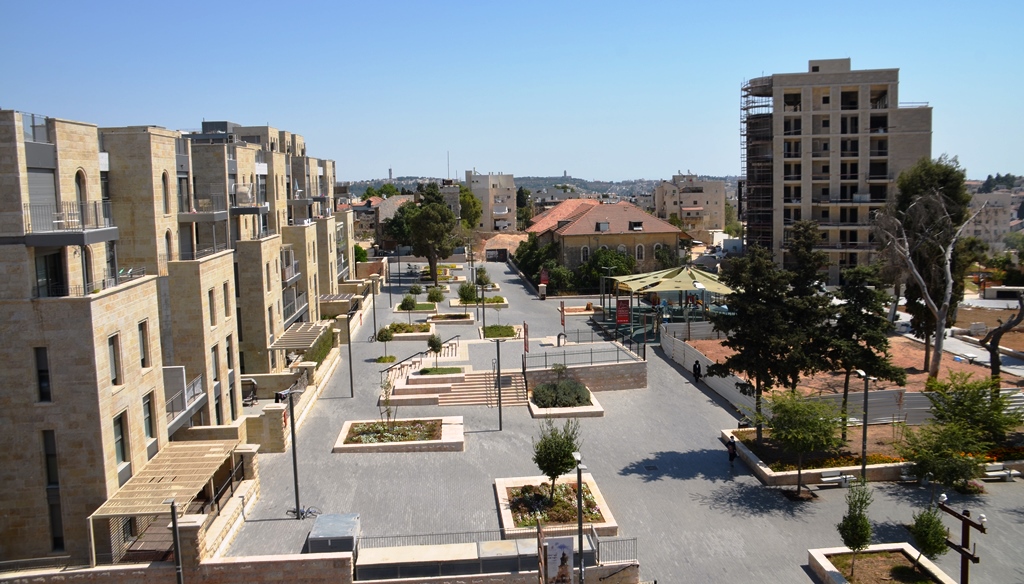
However, I thought this was the most dramatic view.
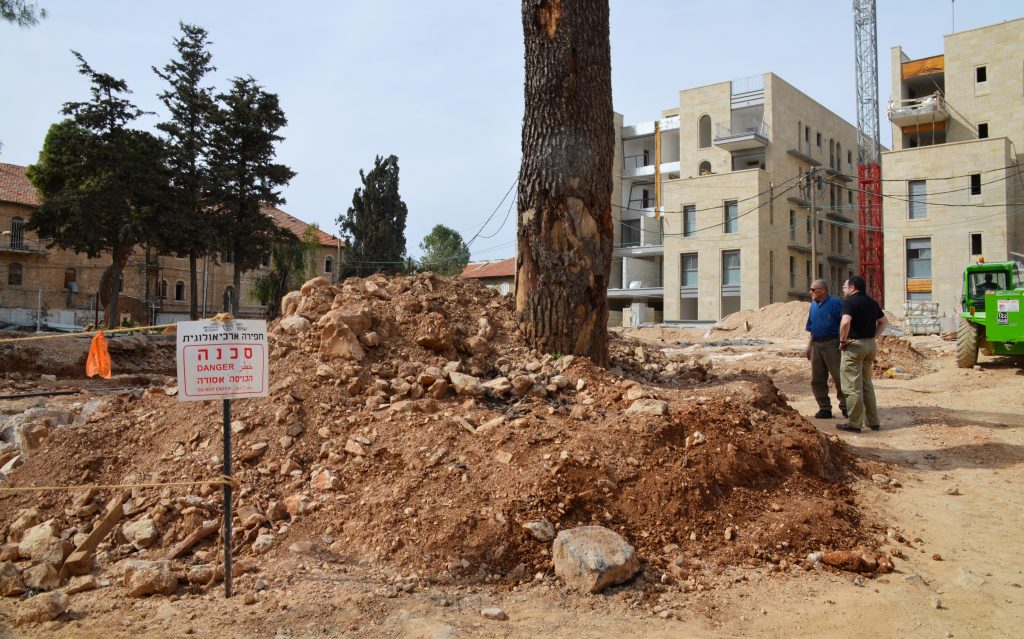
The first time I saw this part of Schneller Compound it looked like this.
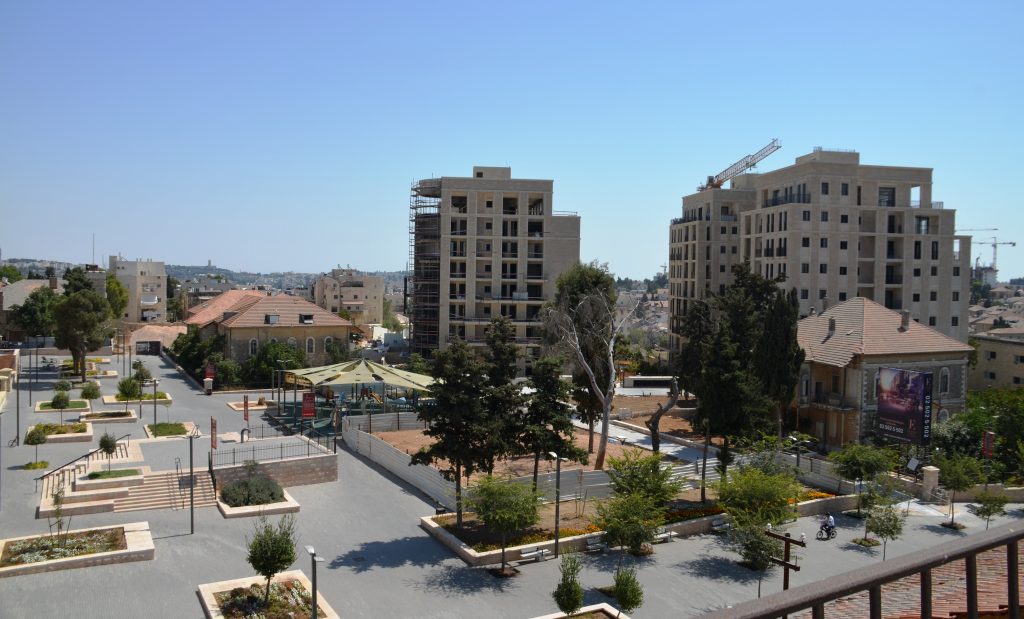
And today it looks like a magazine picture-perfect model community.
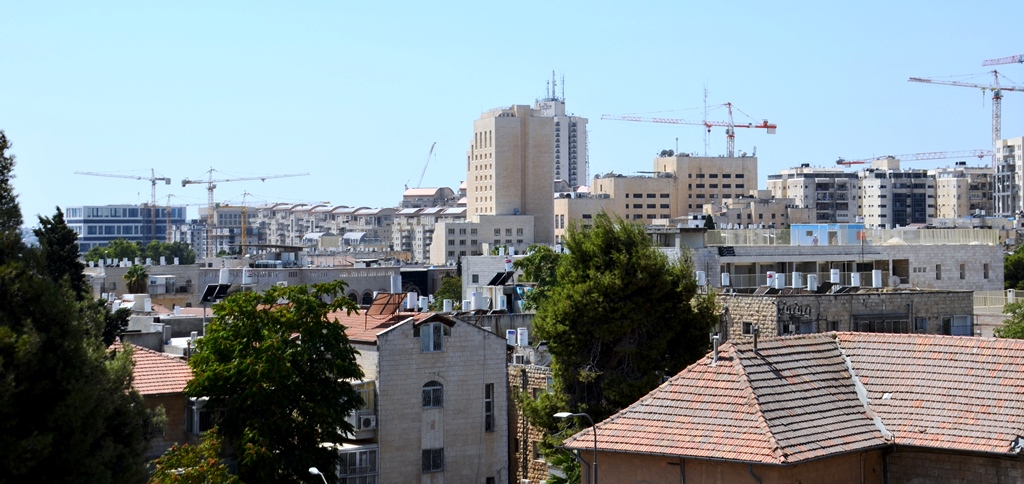
Building cranes abound everywhere in Jerusalem, Israel, as construction and change are going at a rapid pace.
Schneller Compound is to house a new interactive museum to feature Jewish communities, kehillot, from around the world.
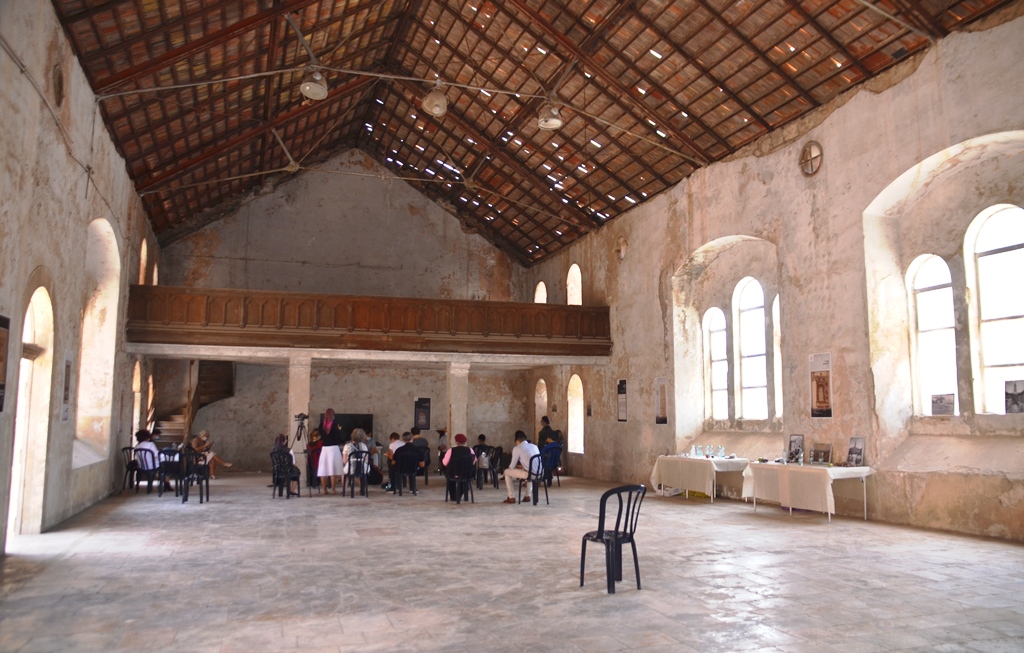
“This isn’t going to be another boring museum filled with artifacts you forget about after ten minutes, it will be a celebration of Jewish culture that will leave visitors feeling excited about being a part of the Jewish nation,” explained Hanan Benayahu Director of Kehillot Yisrael Institute.
“We all have roots from different communities, but do we have any idea how to connect to those roots? Being able to experience the richness of each community – its customs, literature, poetry art, music, liturgy, and folktales – will create a sense of connection, no matter where your family came from.

We want visitors to feel excited and proud, to say, ‘Yes, I recognize my Jewish culture. I am part of this Jewish nation.”
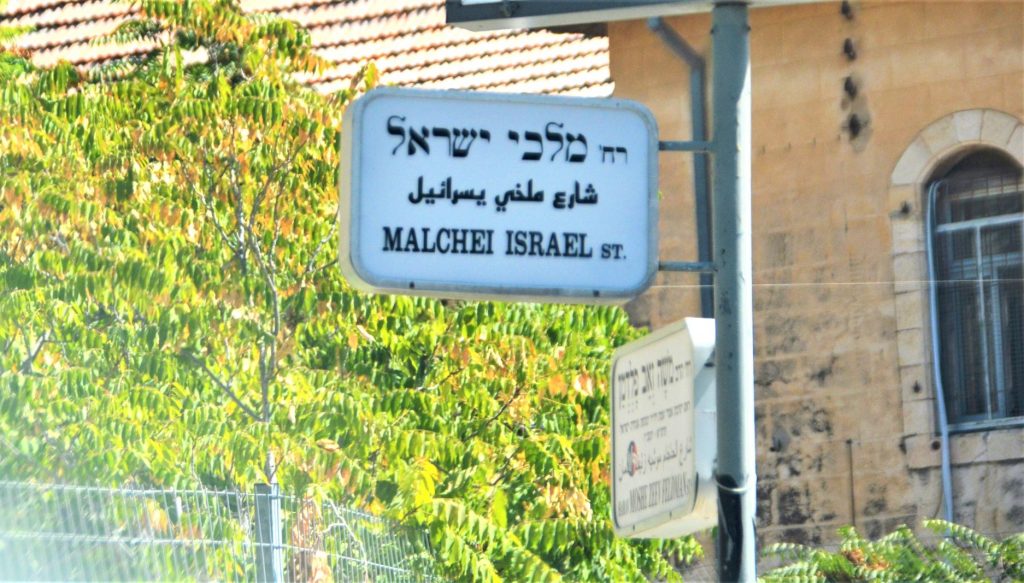
Stay tuned for what happens next in Jerusalem off of Malchei Israel Street.
Hopefully, international visitors will be back on the Jerusalem streets soon to see what has happened for themselves.
